Germany It is a country that I consider is not sufficiently known and appreciated from a tourist point of view by Spaniards.
And I am referring to a tourist destination that in 2013 has once again surpassed its record numbers in arrivals of international tourists, with already more than 70 million overnight stays, being the Bavaria region, the capital Berlin and the state of Baden-Württemberg the most visited places.
These data place Germany in the second most visited country by European citizens, after Spain.
But if we stick to so-called cultural tourism (as opposed to sun and beach tourism), Germany is the favorite country among Europeans, according to a study by the global tourism consulting group. IPK International.
In order to further enhance this prestige as a travel destination cultural tourism, Germany has decided to dedicate this year 2014 to the special promotion of its 38 declared places Heritage awarded by the Unesco, and to this end, it has created 8 routes to visit them.
In this way, these new established routes allow you to visit palaces and castles, natural places, such as landscape enclaves and gardens, historic centers of cities and towns, churches and monasteries, industrial heritage and other monuments that stand out for their architecture or design.
These routes, designed in collaboration with UNESCO, also include other monuments and notable places.
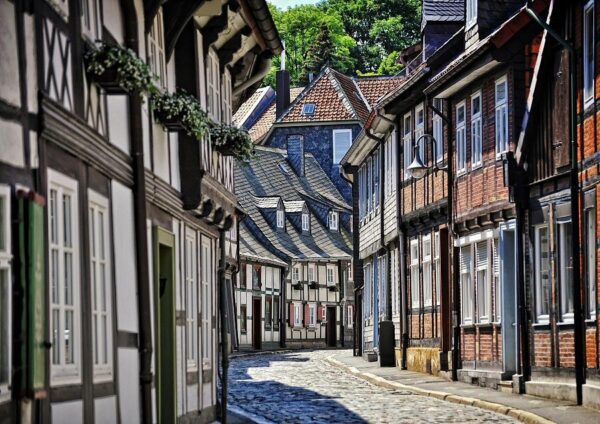
Detailed information about these routes and about each of the 38 places Heritage from Germany you can find it in the UNESCO Germany website which has been created for this purpose, where you also have information in Spanish, apart from other languages.
Unesco routes in Germany
So, for example, the Unesco Route 1 in Germany runs through the north of the country and begins in the city of Bremen, where he Town hall and Roland statue consist of Heritage, and then go to the natural area of the Wadden Sea Marshes, pass through the historic cities of Lübeck, Wismar y Stralsund, and then the centuries-old beech forests of the Baltic Sea.
The northern route also includes the Berlin Museum Island.
La Ruta 2 focuses on enclaves notable for their architecture and design, such as the Berlin modern style houses, or the Bauhaus and its centers in Weimar and Dessau. On this route you can also see monuments to Luther, which includes the houses where he was born and died in ice life and Wittenberg Castle Church on whose doors he nailed his theses.
This route ends at Wartburg fortress en Eisenach.
La Ruta 3 Its themes are buried treasures, such as Rammelsberg mines, and the architecture, like the Romanesque jewels that you find in Hildesheim, Cathedral of Santa María and church of San Miguell.
In the Ruta 4 you find the most modern Germany, with the industrial heritage of the Ruhr area and the romantic Rin. There are also the Colonia's cathedral, one of the iconic monuments in Germany, or the Aachen cathedral.
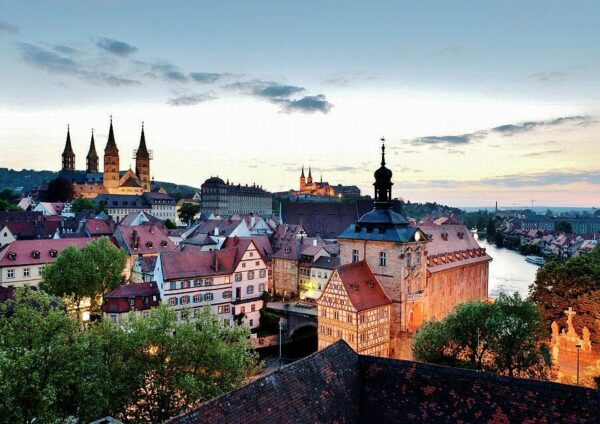
The palaces and gardens are the protagonists of the Ruta 5, which starts from Leipzig and arrives in Dresden, and where you find the so-called complex classic Weimar, or the English-style landscape complex known as the garden kingdom of Dessau-Wörlitz.
This route also includes the palaces and gardens of Potsdam and Berlin.
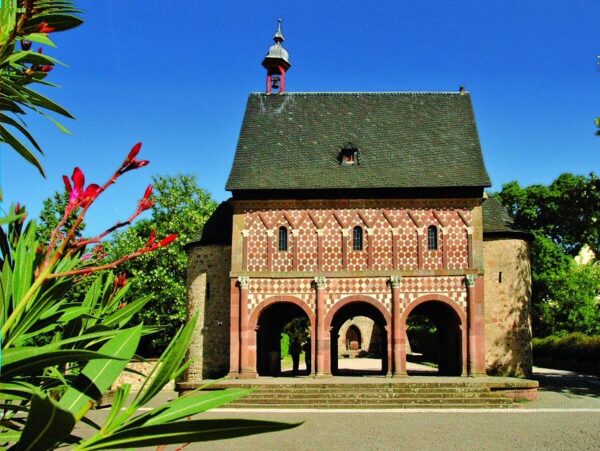
Roman-era enclaves and southern German cities mark the Ruta 6, in which, among other places, are the city of Bamberg or the set formed by the historic center of Regensburg and Stadtamhof.
In the Ruta 7 You will visit mainly churches, convents and cathedrals in the Palatinate and Baden-Württemberg regions. In it there is Trier, the oldest city in Germany, and you will also be able to see the Lorsch monastery or the Speyer Cathedral.
Finally, the Ruta 8 runs through southern Germany, where you can visit the bavarian castles, but also the prehistoric stilt sites which are found near the Alps, and which extend to other neighboring countries.
In Unteruhldingen museums on the shores of Lake Constance and Federsee Bad Buchau is where you can see this archaeological heritage.
Here you have extensive information about the Germany's World Heritage Routes.
ORGANIZE your TRIP
- Don't forget your TRAVEL INSURANCE with a 5% discount
- Book the HOTEL for your trip
- RENT a CAR for your trip
- The best TOURS and EXCURSIONS in Spanish
- NO-LINE TICKETS for museums and monuments
- Best FREE TOURS around the world
- Book your TRANSFER from the airport
- eSIM card with INTERNET at the best price



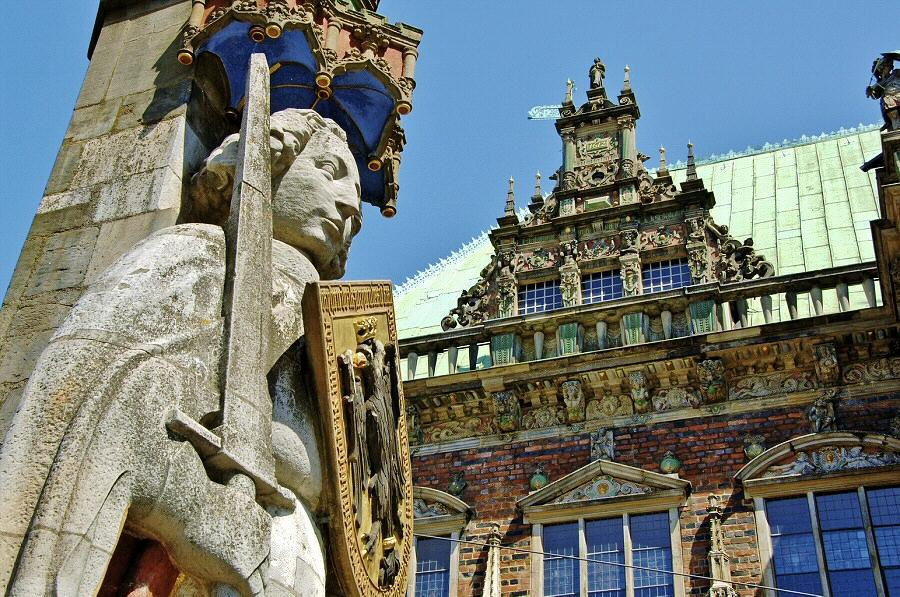
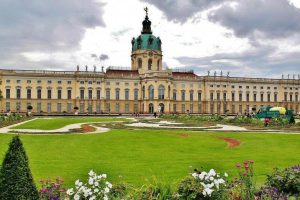
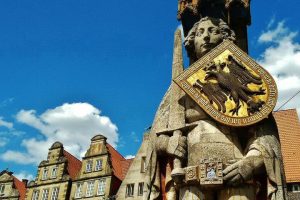












I really liked the article, Germany is one of the countries that I really want to know, and it is always good to have someone to guide you.
I'm going to leave you a link to my charming hotels website.
thank you very much, greetings